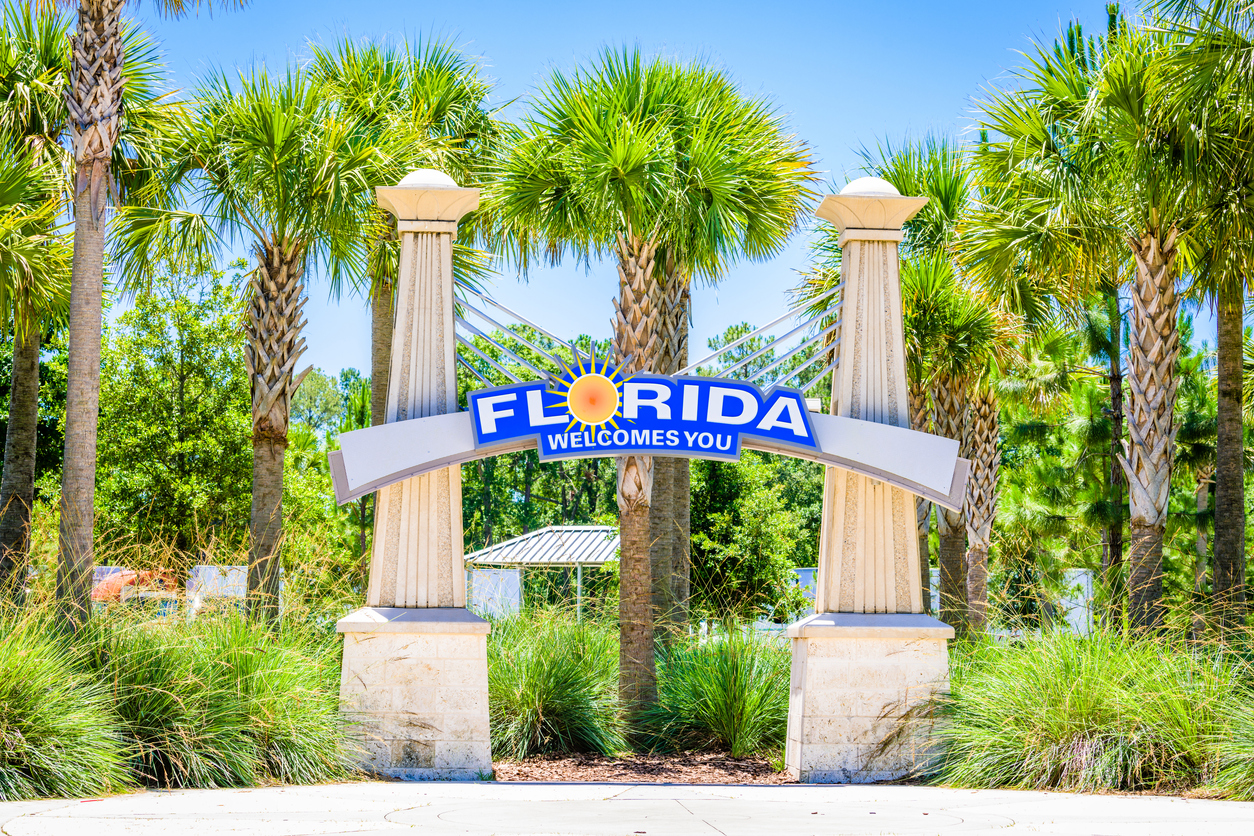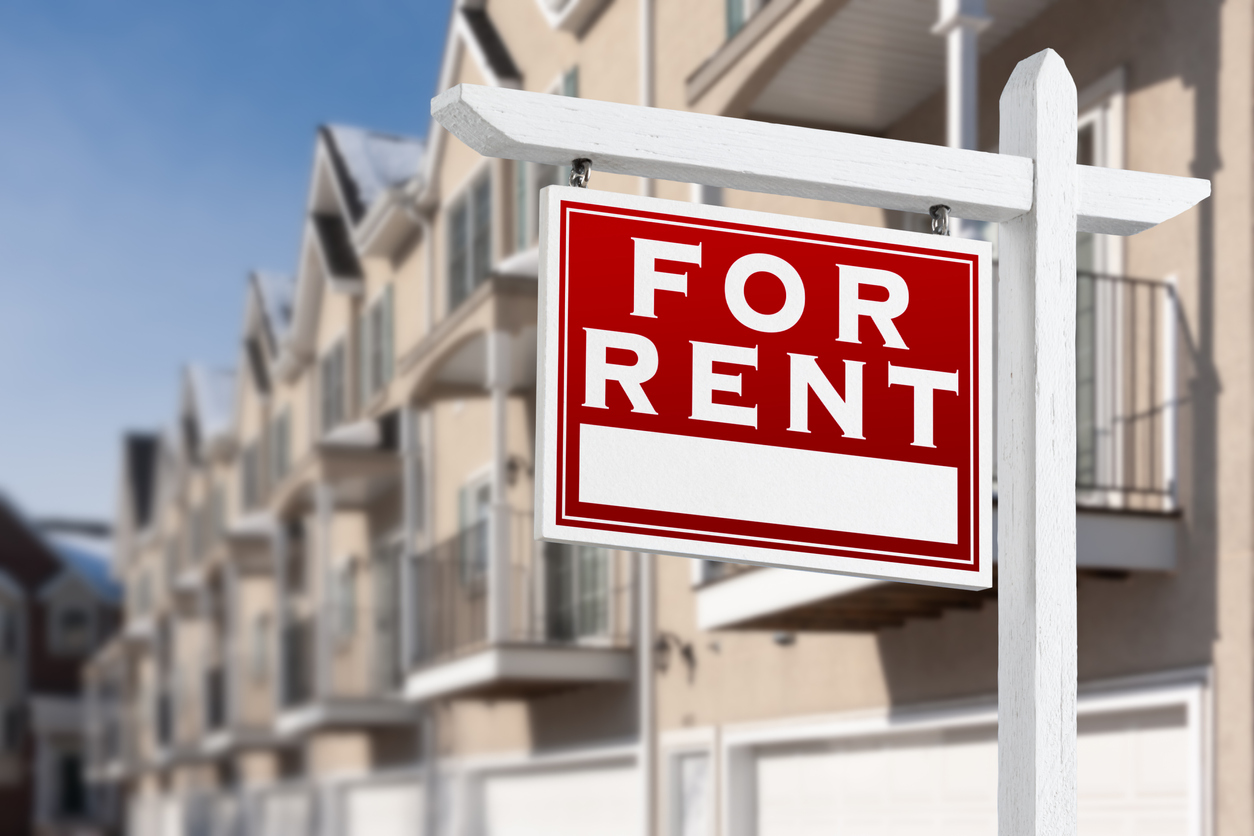We may earn revenue from the products available on this page and participate in affiliate programs. Learn More ›
If you like the idea of living within a self-contained town, seeing the same types of houses in your neighborhood, and having convenient amenities, then you’ll probably enjoy living in a master-planned community (MPC).
These extensive, mixed-use developments can comprise thousands of homes and are often referred to as new towns or green towns. They come with HOA fees and sometimes with gated entryways. They sometimes cater to 55-and-older communities and have everything in one location, including a fitness area, pool, tennis courts, parks, a grocery store, restaurants, a golf course, and even local schools. While MPCs make day-to-day living convenient, providing a sense of security and familiarity, they are not for everyone. We’ll examine the pros, cons, and future of MPCs across the United States.
RELATED: 30 Things to Remember When on the Hunt for a New Home
1. Everything nearby with no traffic.

One of the great advantages of living in an MPC is the limited amount of driving required to get around. With grocery stores, schools, and fitness centers mere minutes away, there’s no need to sit on congested highways, freeing up precious time to do the things you want. An MPC also means less money spent on gas and parking.
RELATED: 12 Ways Buying a Home Has Changed Over the Past 50 Years
2. Green spaces lure people to the sunbelt states.

For city livers, having access to nature and wildlife usually means driving out beyond the suburbs. Most MPCs, on the other hand, come with miles of natural trails. In fact, one of the advantages of MPCs is that they are designed with an active lifestyle in mind. With conveniences intentionally situated nearby, there are no excuses for not getting outside and going for a walk. Not surprisingly, many MPCs are built in Sun Belt states, where outdoor living is one of the main attractions. Recently, the migration during and after the pandemic to warmer, low-tax states has made MPCs sought-after commodities, especially for retirees and remote workers. It’s estimated that as much as 50 percent of the U.S. population now lives in the Sun Belt states, where the availability of large tracts of land around cities is a major draw for developers.
3. Community living is a big draw for retirees.

For retirees, living among a close-knit group of friends can be a big draw. After years of commuting, working, and raising a family, finally being able to let go of the chaos is a big selling point of an MPC. It’s a trend that shows no signs of waning. Seventy-five million baby boomers are expected to retire by 2030, and 10,000 adults born between 1946 and 1964 reach retirement age every day. The pandemic’s effects hastened the number of baby boomers dropping out of the job market, with 30 million retiring in the third quarter of 2020, and those numbers continue to surge.
4. MPCs could be cost prohibitive for some.

Realtor.com estimates that the nation had a deficit of nearly 6.5 million homes. With fewer homes available, housing prices have escalated. Yet, while the supply of MPCs continues to grow, homes in these brand-new communities come with a steep price tag that puts them out of reach for many prospective homeowners, particularly as interest rates rise. MPCs make perfect sense for younger, remote workers who can afford the expense, but they could be cost prohibitive for retirees or other on a fixed income, unless they can buy in cash or put down a large down payment and still have enough money left to take care of the HOA fees.
RELATED: 15 of the Cheapest Places to Buy a House in the U.S.
5. The one-size-fits-all lifestyle is not for everyone.

Some people don’t want to live in cookie-cutter homes miles away from city centers and the neighborhoods they grew up in. Others want the freedom that comes with being able to Airbnb their home when they travel or being able to live with extended family. Whatever the reason, an MPC represents a homogenized lifestyle that might make some people feel like they are trapped in “Groundhog Day,” where every day is just like the last one. Buying into an MPC can also limit options. If your retirement dream is to travel, or maybe to live abroad for a while, it may be tough to fund your travel while paying the monthly bills associated with your MPC. As well, strict HOA laws in many communities prohibit leasing your home when you are gone, which cuts off a potential income stream and ties you to the residence.
RELATED: 11 Unenforceable HOA Rules—and How to Fight Them
6. Your MPC might take years to develop fully.

Developers frequently offer attractive incentives to early buyers of a home in an MPC. These could include a lower preconstruction price, a finished basement, extra hardwood floors, or additional square footage. However, being one of the first settlers in a community that could take years to build comes with drawbacks.
- You will need to get used to living around construction.
- If the development takes a while to sell out or the builder runs into financial issues, the construction of amenities and retail centers could be put on hold.
- An isolated home amid ongoing construction will not attract friends and family to visit, so you will still have to drive to see them.
7. MPCs are not attractive to heirs.

One of the drawbacks of master-planned communities is that the individual houses usually have a cycle of only one generation. While heirs might be excited about a condo in the city or a spacious home in the suburbs, they are generally not enthusiastic about inheriting a home in an MPC, especially if it is in a 55-and-older community. There is also a downside to selling a home in a community with thousands of similar properties. First of all, competition from other homes in the development might make yours harder to sell. Also, if there are other, newer MPCs nearby, buyers might be more attracted to those newer developments, despite the potentially higher price.
8. Florida leads the list of top-selling master-planned communities.

Access to the beach, airports, and a tropical climate makes it easy to see why Florida leads the list of top-selling master-planned communities. Despite the state’s obvious attractions, though, it has some significant drawbacks. Last year, Hurricane Ian put a major dent in Florida’s appeal as a place to kick back and live a vacation lifestyle. The storm damaged southwest Florida severely, destroying 5,000 homes and damaging another 30,000, according to real estate data firm Costar Group. It also forced many homeowners to seek temporary accommodation.
The region has recently experienced tremendous growth and price increases, especially for new construction. Additionally, rising insurance costs in the wake of the hurricane could make homeowners and investors think twice about buying. As well, the effects of climate change, including tornadoes, hurricanes, wildfires, and searing heat, could cause many people in the Sun Belt to reconsider living there altogether.
RELATED: Solved! Which Flood Zones Require Flood Insurance?
9. Higher interest rates could put MPCs out of reach for many.

In the short term, many builders of MPCs are putting a hold on construction as higher interest rates cause buyers to press the pause button. This is having two immediate effects. First of all, some communities are now taking longer to complete, meaning those already living in their homes will have to be surrounded by construction longer than they anticipated. Secondly, would-be buyers are either having to stay in the rental market or in their current homes, which keeps housing inventory low.
RELATED: How to Get a Mortgage in 10 Steps and Land a New Home
10. Master-planned communities are for renters too.

One of the newest trends in MPCs is that some are being built exclusively for renters. In these build-for-rent communities, developers also become landlords. This arrangement gives renters the flexibility to move on short notice and allows landlords to plan for the long-term future of their communities, with increased amenities and upgrades factored into their income and operating expenses.
11. Mixed-income MPCs add diversity and affordability.

MPCs are known for catering largely to well-off middle-class retirees. However, the housing shortage and growth of remote work have opened the arena to families and diverse-income households. This has resulted in greater diversity of housing types, with condos, townhouses, and single-family homes all within the same community. Tax incentives offered by the IRS mean that this trend is set to continue.


